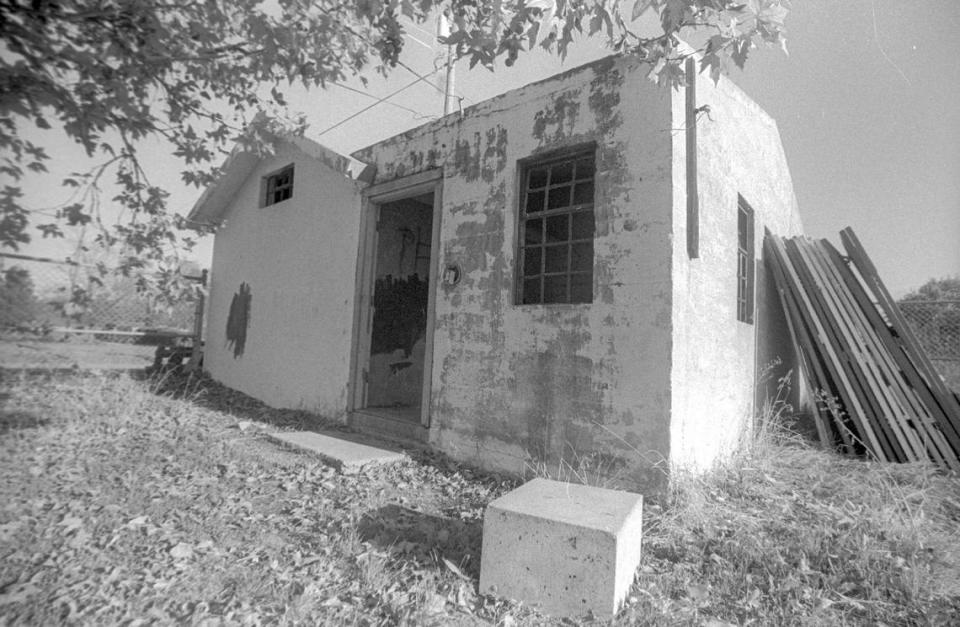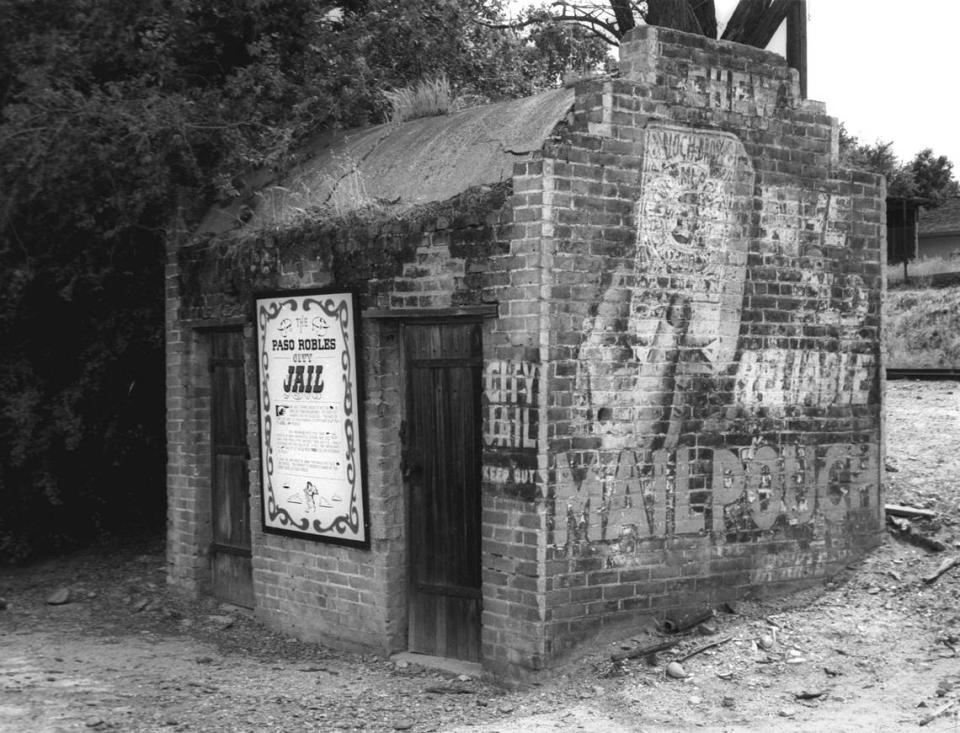SLO County launched campaign to save old jails in 1970s. Here’s how they looked then
Jails are among the most utilitarian buildings that taxpayers fund and they tend to survive longer than other buildings built at the same time.
They were built sturdy enough to keep inmates locked up and are generally without architectural frills or fancy amenities.
Back before cars made transporting prisoners to the San Luis Obispo County Jail relatively easy, many communities had their own jails.
With a large area for the San Luis Obispo County Sheriff’s Office to cover, local jurisdictions needed a place to hold lawbreakers.
These hoosegows were often used as a place for miscreants to sleep off a bender gone bad. Sometimes, they held more dangerous offenders until the sheriff could collect them for a court date.
However, these sturdy structures of wood, stone or concrete sometimes weren’t enough to keep inmates separate from the populace.
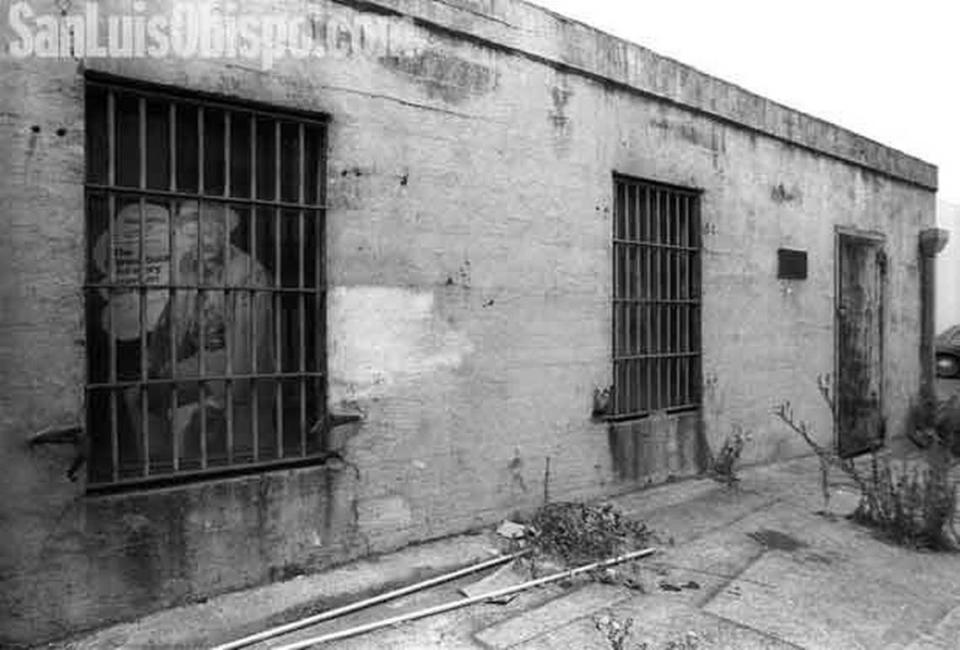
In 1886, vigilantes dragged Peter Hemmi and his son Julius from the Arroyo Grande jail and hung them from the Pacific Coast Railroad bridge.
The Hemmis were accused of shooting and murdering a neighbor, Eugene Walker, and wounding his wife Nancy.
Although many town jails have since been demolished, the old San Luis Obispo jail remains behind the Higuera Street building that once housed Charles Shoes store in downtown San Luis Obispo. The barred windows can still be seen in the alley.
It was built behind the former City Hall and fire station. The firefighters were responsible for cooking inmates’ meals.
That practice ended with the demolition of City Hall after a 1938 fire, but the jail wasn’t torn down.
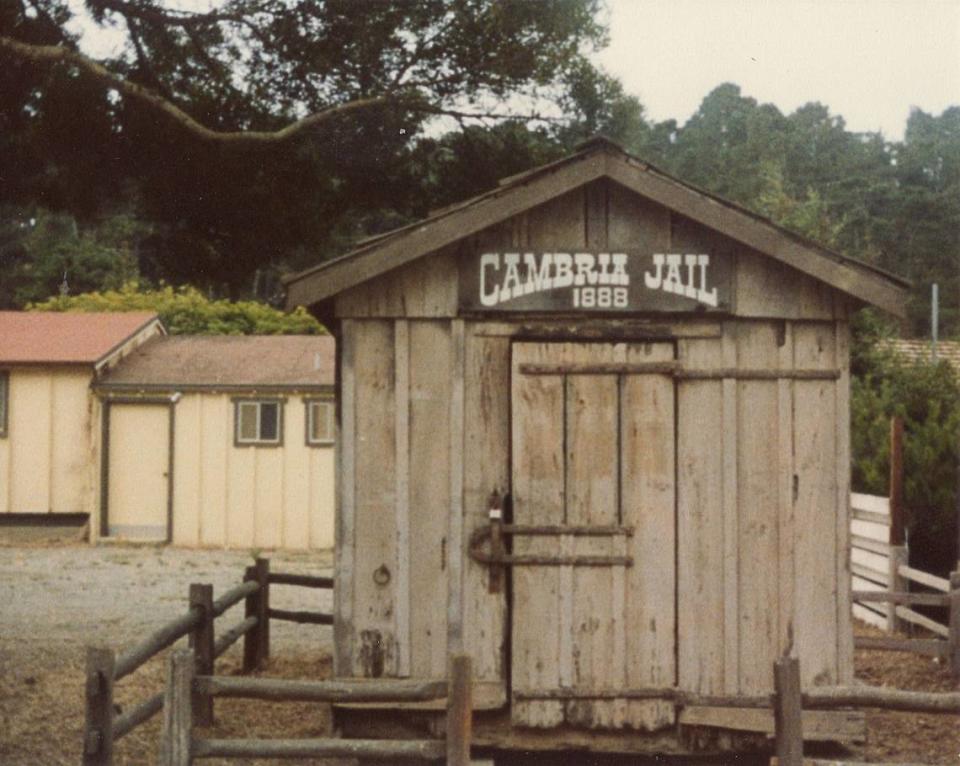
The old Cambria Jail also escaped destruction.
In September, after more than five years of negotiations, the Cambria Historical Society paid the Cambria Community Services District $5,000 for a lot on Center Street that will serve as the jail’s permanent home.
The Cambria Historical Society plans to grade the land, replace a fence and create a secure foundation for the circa-1888 structure.
Then the group will relocate the one-room jailhouse from its current spot on Main Street to Center Street at or near its original location.
The Telegram-Tribune ran this story about preserving historic hoosegows on Nov. 20, 1979:
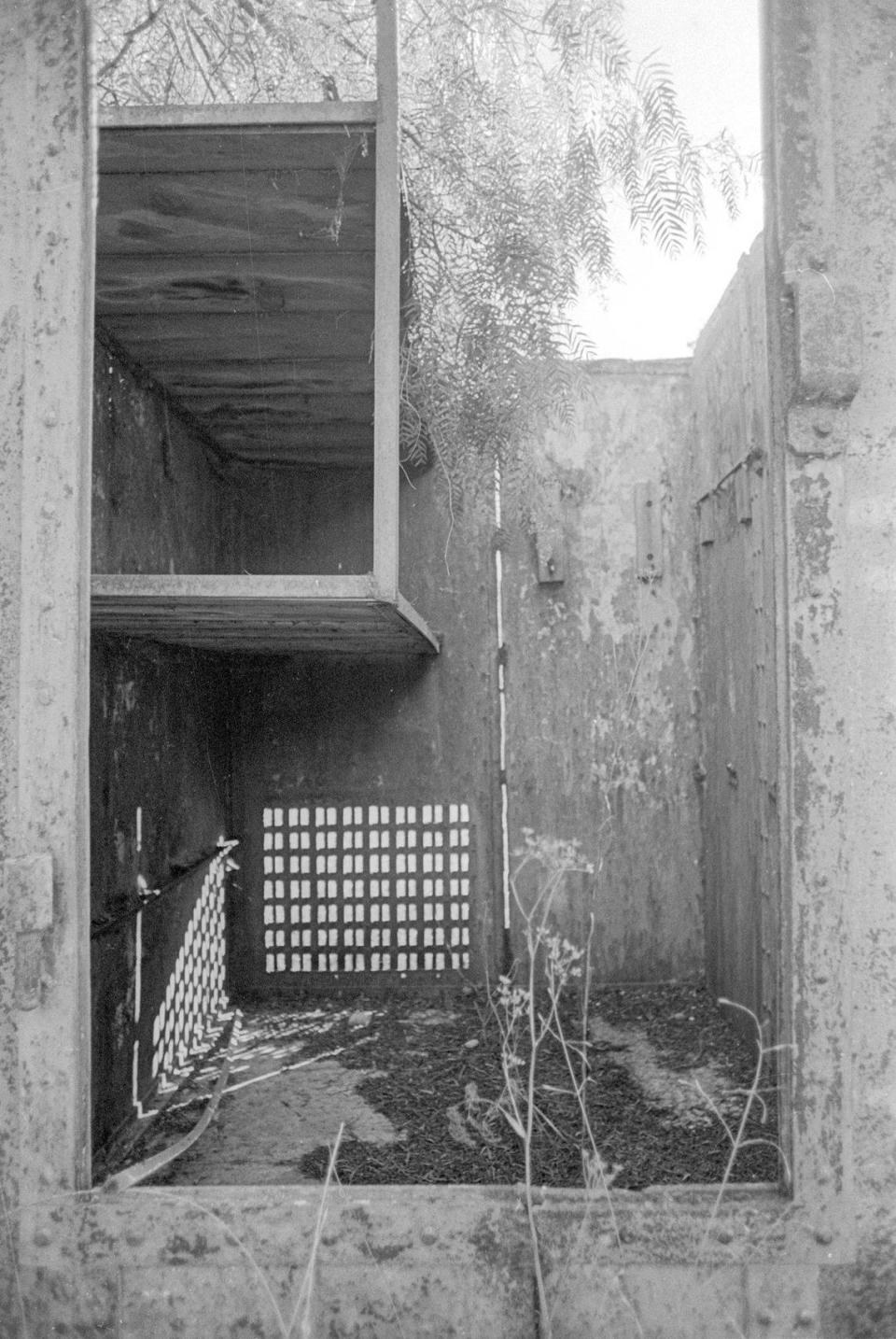
Saving jails interests officials
Efforts to save the old Cayucos jail were escalated Monday into what could be a countywide campaign to preserve old jails, courtesy of county supervisors.
Supervisors had been asked to lend assistance to a Cayucos Chamber of Commerce campaign to preserve a 9-by-12-foot wooden shack on E Street which once served as the community’s lockup.
“I’d like to add the old Nipomo jail, said Supervisor Howard Mankins.
“Id like to add the old Santa Margarita jail,” said Supervisor Richard J. Krejsa. “We ought to look at all the jails.”
Mankins described the Nipomo edifice as a two-room steel structure built in 1941 to confine disorderly servicemen. The building is lying on its side in an otherwise vacant lot in downtown Nipomo.
Mankins said he wanted the building placed on a cement foundation in the Nipomo Regional Park where it could be preserved.
The Santa Margarita jail is a stone-and-cement building next to the town library. It is being used for storage by the Santa Margarita Civic Association. Krejsa said he thought the building could be refurbished and used as a youth center.
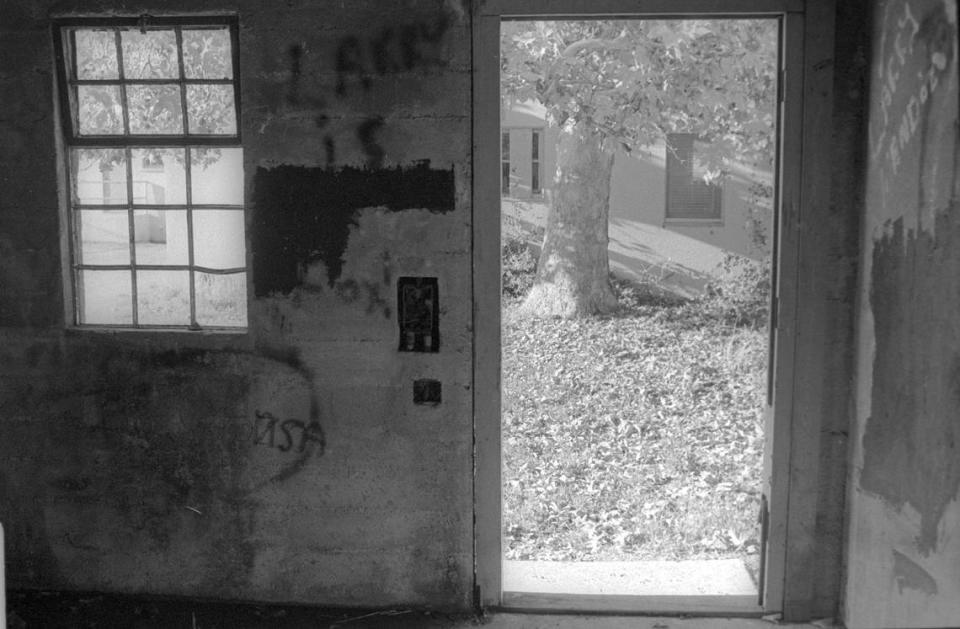
Old time Santa Margarita residents contacted by the Telegram-Tribune couldn’t put an age on the old jail, beyond saying that it was standing during World War I.
Supervisors instructed their staff to work with community groups to see what would be required to preserve the ancient lock-ups but to avoid any elaborate and expensive plans.
Supervisor Hans Heilman suggested that the jail preservation effort began among nostalgic former inmates of the Cayucos edifice.
